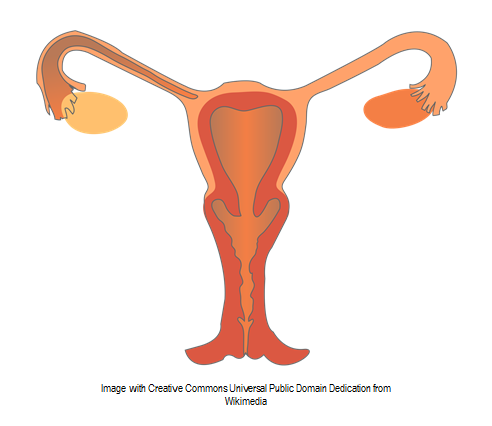
Learn and test your biological vocabulary for 6.6 Hormones, homeostasis and reproduction using these flashcards.
Summary list for 6.6 Hormones and reproduction
- Hormones travel in the blood more slowly than nerve impulses but are more wide
 ly distributed.
ly distributed. - Insulin and glucagon control blood glucose (cells in islets of pancreas).
- Thyroxin regulates metabolic rate & partly controls body temperature. (thyroid gland).
- Leptin acts on the hypothalamus of the brain to inhibit appetite (secreted by cells in adipose tissue).
- Melatonin controls circadian rhythms (jet lag) (secreted by pineal gland).
Hormones in human development & reproduction
- The sry gene of the Y chromosomes causes embryonic gonads to develop as testes and then they secrete testosterone which causes pre-natal development of male genitalia. In puberty it causes, development of male secondary sexual characteristics and sperm production.
- Estrogen and progesterone cause pre-natal development of female reproductive organs and in puberty the female secondary sexual characteristics.
- In the menstrual cycle FSH, LH, estrogen and progesterone have roles in negative and positive feedback mechanisms.
- IVF uses drugs to suspend the normal secretion of hormones, followed by the use of artificial doses of hormones to induce superovulation and establish a pregnancy.
Skills
- Understand the causes and treatment of Type I and Type II diabetes.
- Outline how tests using leptin on obese patients didn't reduce their obesity and give reasons why.
- Understand how melatonin can be used to help alleviate jet lag.
- Homeostasis of glucose.
- Annotate diagrams of the male and female reproductive systems with the names & function of structures.
- State that scientific discoveries often follow developments in equipment, and illustrate this with the example that microscopes were not available for William Harvey’s investigation of sexual reproduction in deer so he failed to solve the mystery of sexual reproduction.
Summary sheets
There is a lot to learn in this subsection so it is particularly useful to make revision summary sheets or mind maps.
These diagrams summarise the main sections of topic 6.6.
Test if you can draw something like these concept maps from memory.
Exam style question about the menstrual cycle
Understanding the hormones of the menstrual cycle, as well as positive and negative feedback is an important skill from this topic.
Answer the question below on a piece of paper, then check your answer against the model answer below.
Outline the roles of named hormones in the menstrual cycle. [6]
....................................................................................... ............................................................................
....................................................................................... ............................................................................
....................................................................................... ............................................................................
....................................................................................... ............................................................................
.
Click the + icon to see a model answer.
Drag and drop activities
Test your ability to construct biological explanations using the drag and drop questions below.
Leptin is a protein hormone secreted by adipose (fatty)tissue which is secreted in increasing amounts as adipose tissue gains fat or more tissue grows. Leptin binds to receptors in the hypothalamus causing appetite inhibition and therefore reduces food intake.
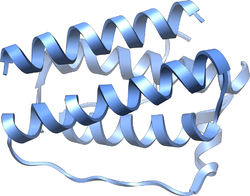
Drag and drop the correct word or phrase into the gap to describe investigations into the treatment of human obesity using mice as models for human physiology.
Hypothalamus gene genetically engineered broken down physiology Psychological therapy increased dropped ingested pancreas obesity leptin continually model mammal appetite
Mice were to not produce leptin in order to investigate leptin as a cure for human . These mutant mice fed and became obese.
When these mice were injected with , their returned to normal and weight .
This led to trials on obese humans that were largely unsuccessful because:
- Mice, as a , do not exactly represent human .
- receptors not responding to leptin is a more common cause of obesity in humans than leptin mutation.
- effects in humans make treatment outcomes more diverse.
- Hormones are by the body and, as leptin is a protein, it cannot be and has to be injected frequently, often causing adverse reactions.
Using other mammals as models for human treatments does not always have a successful outcome due to the differences in bahaviour and physiology between humans and other mammals.
This is a self marking quiz containing questions covering the topic outlined above.
Try the questions to check your understanding.
START QUIZ!
This is a little bit of fun, but still revision. Can you make the leader board?
If you can't see the content below, please click this link to Hormones and reproduction card match game.
How much of Hormones and reproduction 6.6 have you understood?







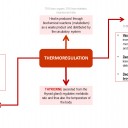









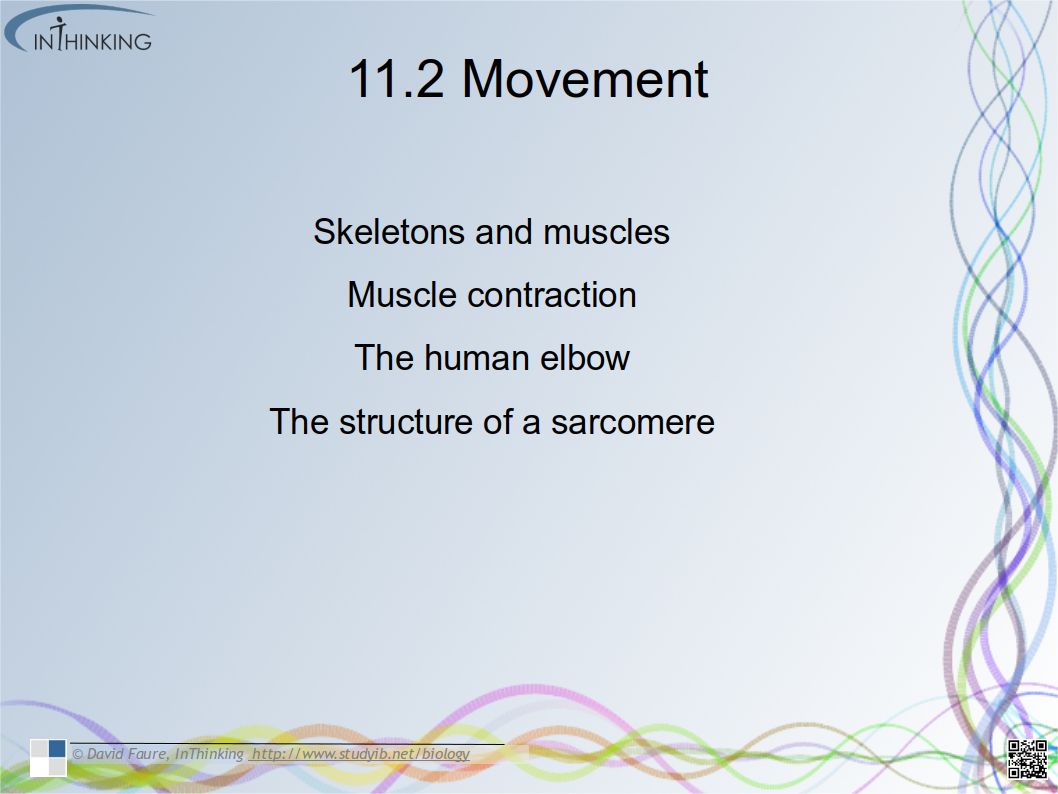
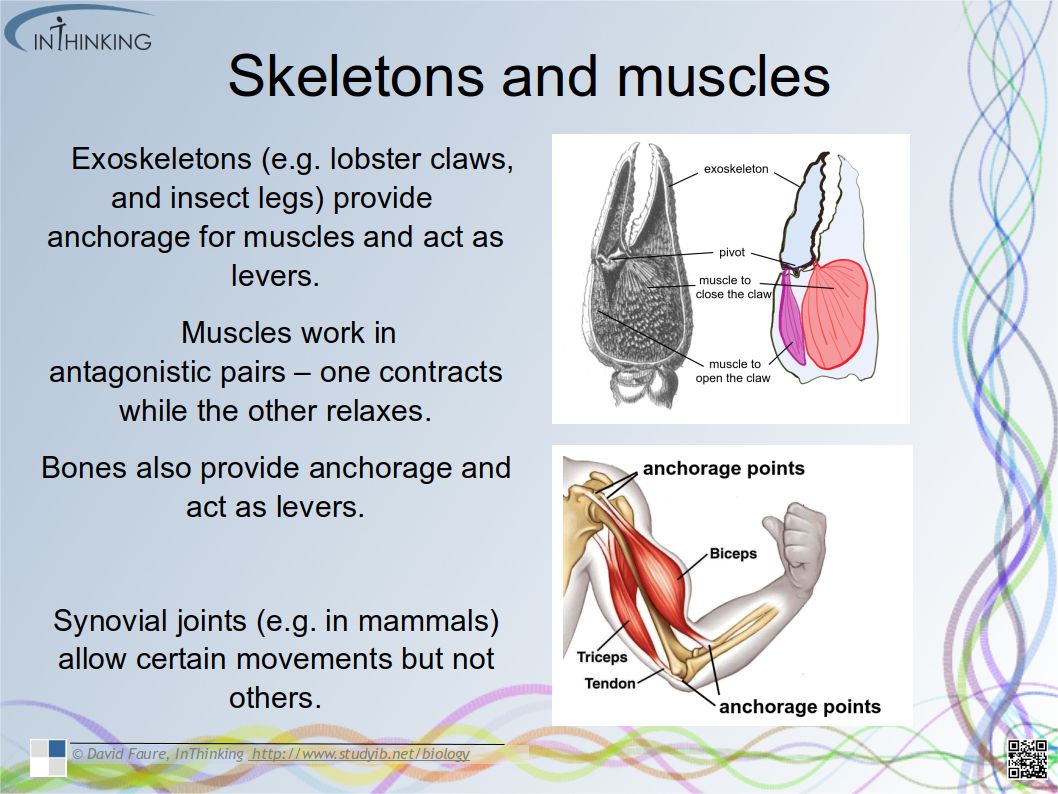
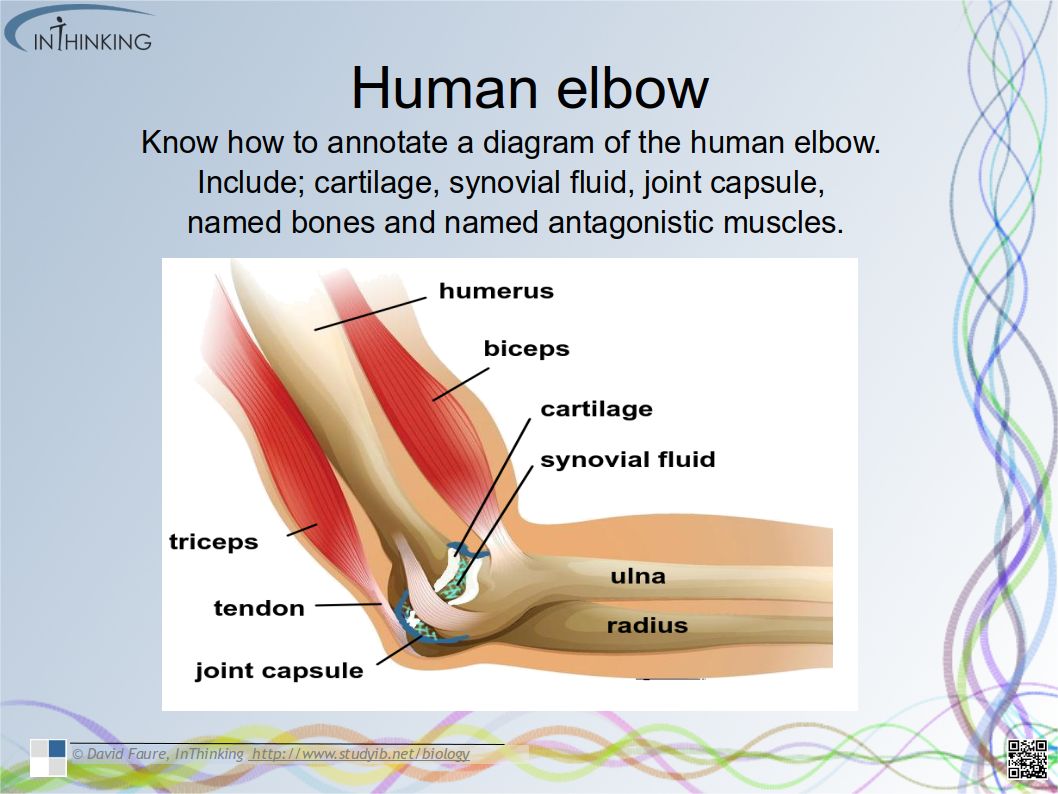

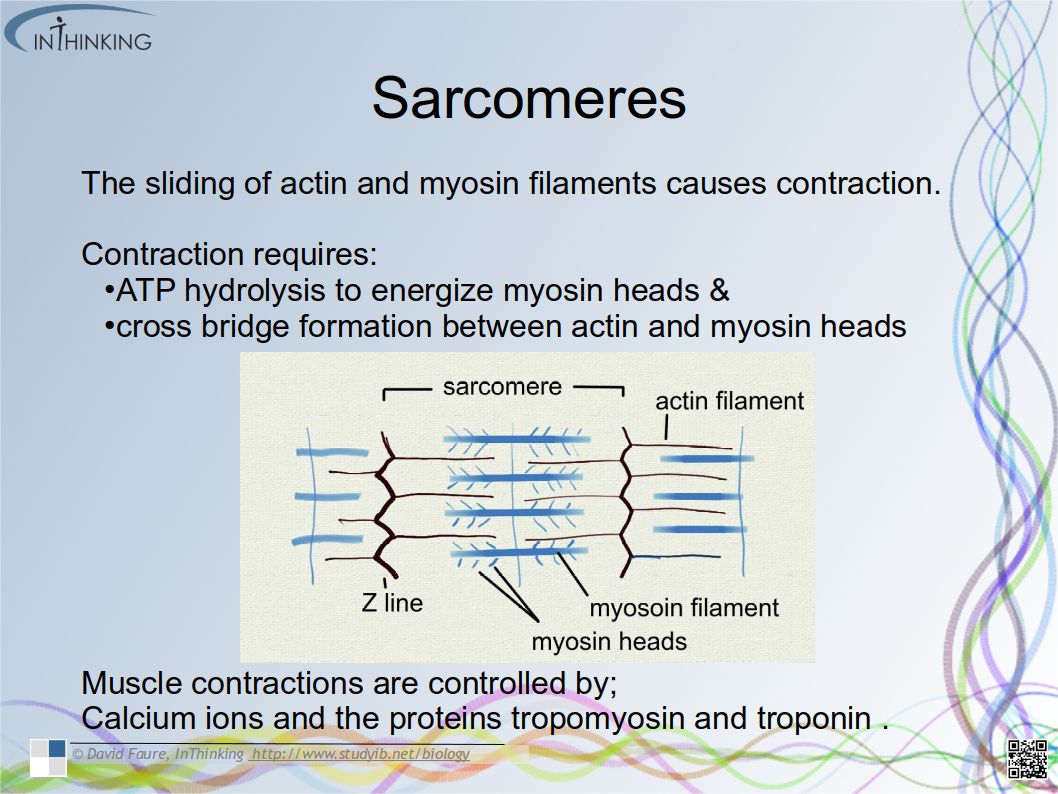

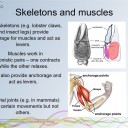
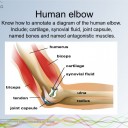

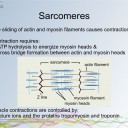
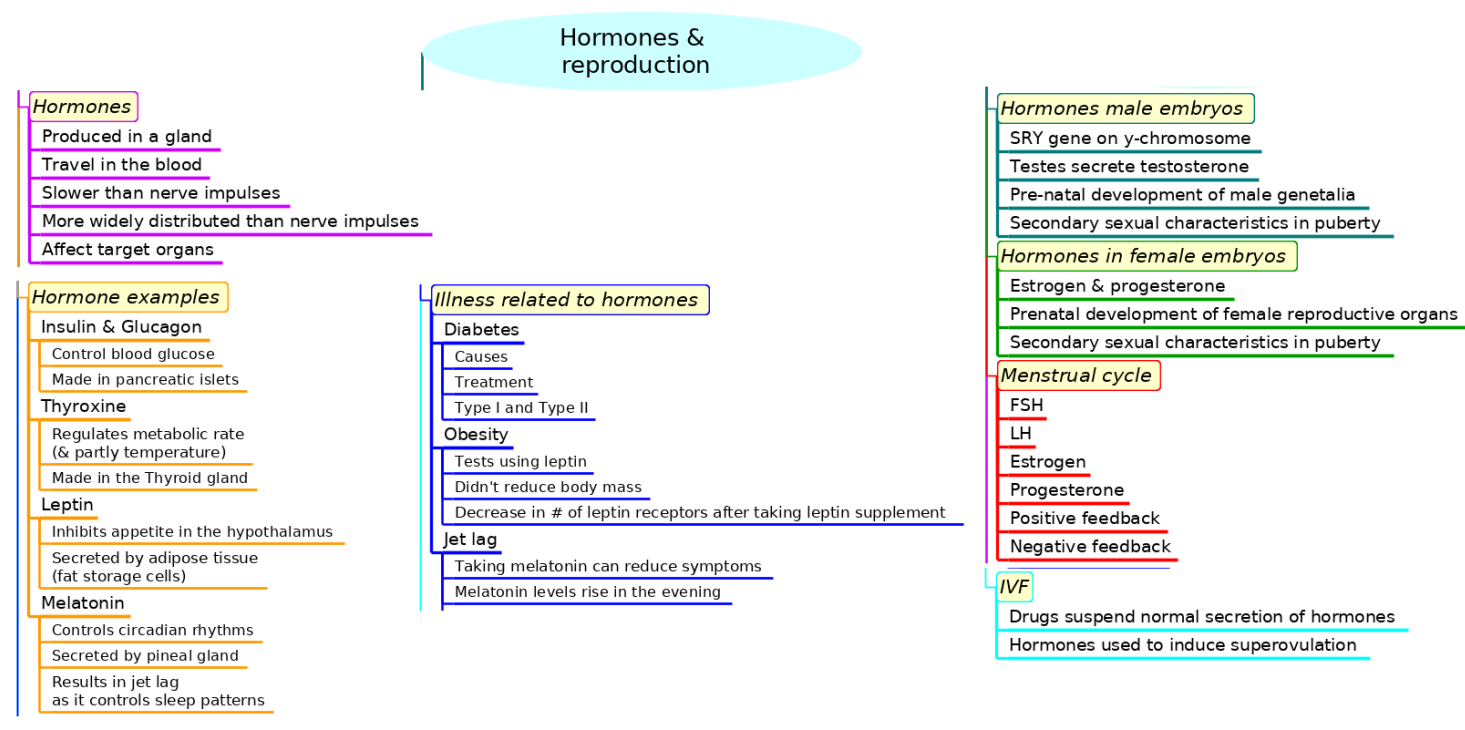
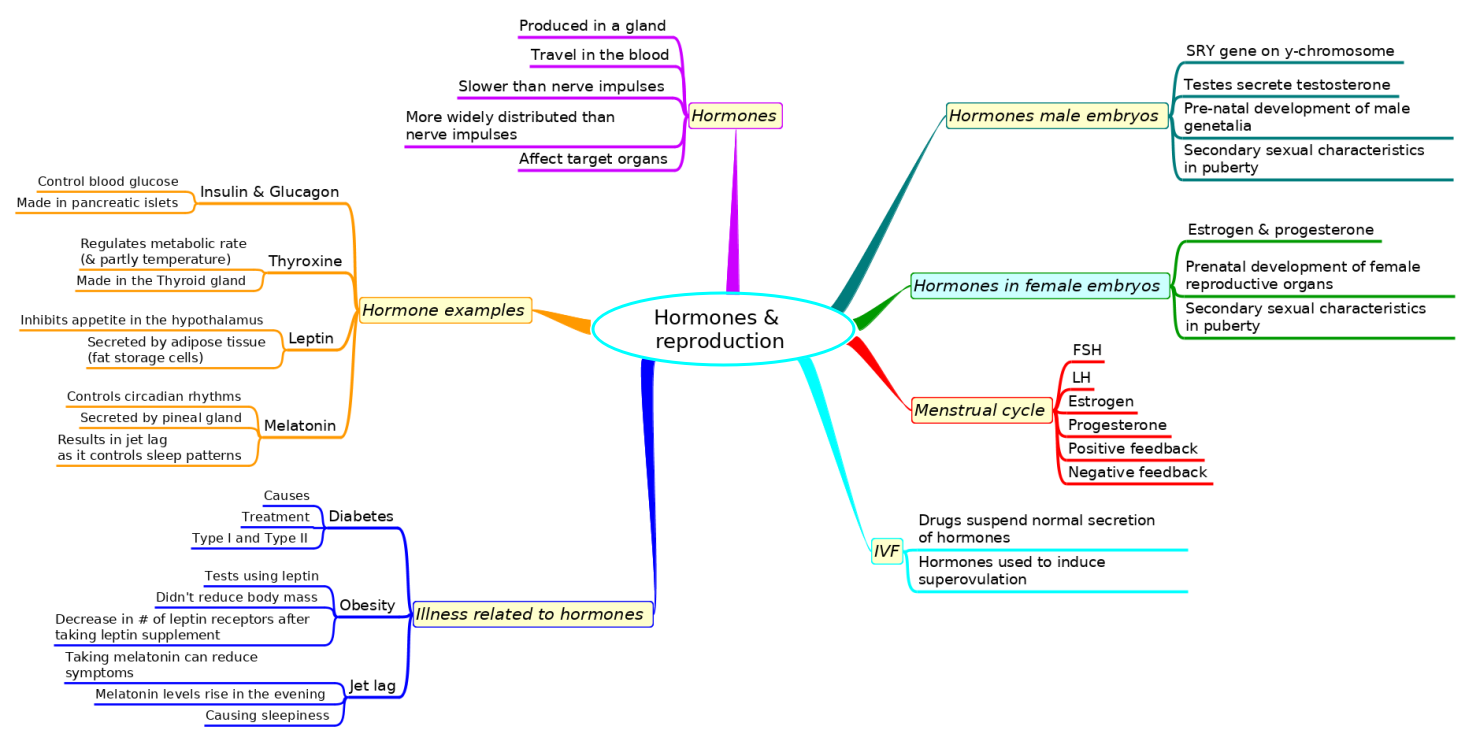


 Twitter
Twitter  Facebook
Facebook  LinkedIn
LinkedIn